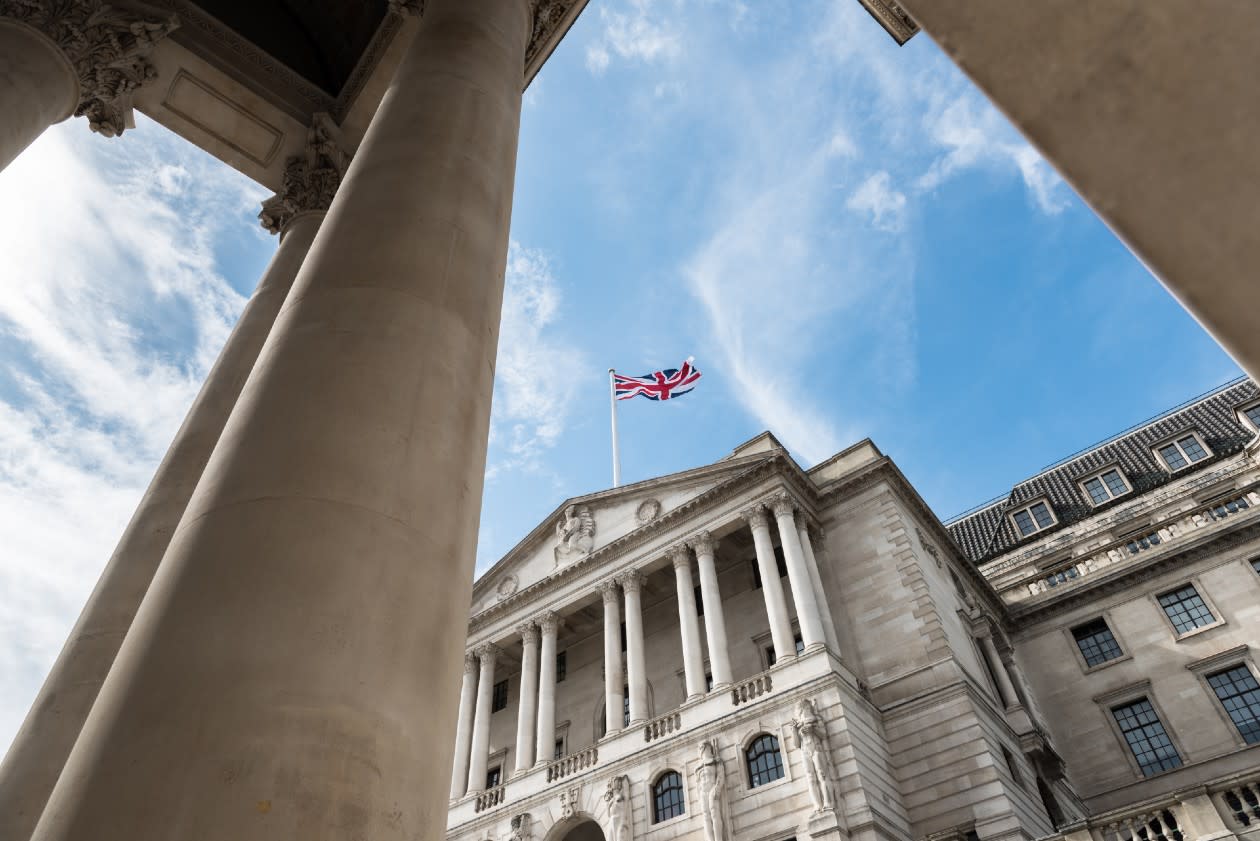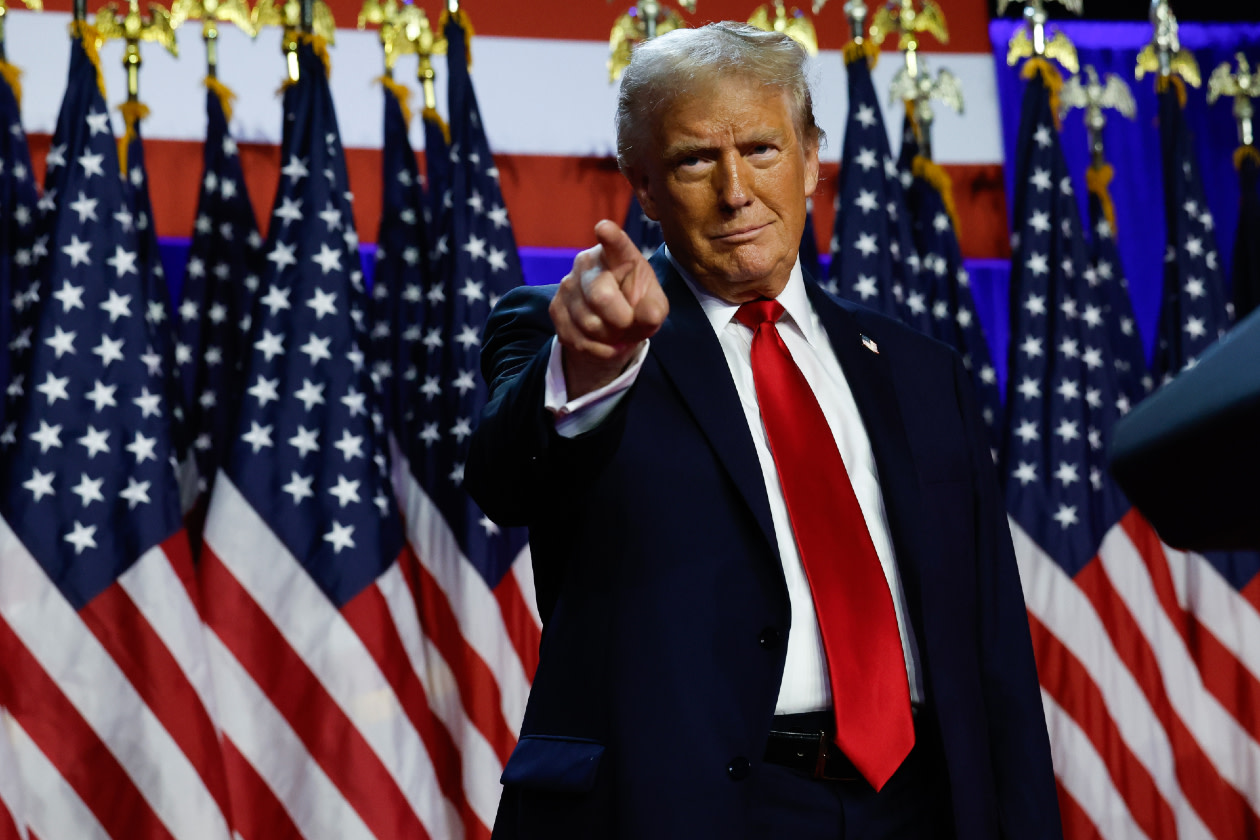The yields on government bonds across the developed world have risen over the last four months as bond prices have fallen, increasing the cost of borrowing for governments.
Typically, interest rate cuts by central banks have led to lower long-term yields on government bonds. However, bond yields have generally risen since the last interest rate cut by the US Federal Reserve (Fed) in September.
We think investors are pushing up bond yields to reflect the high levels of government borrowing – and the lack of actions to reduce them. But other factors matter too.
The Fed typically sets the trend for global rates. In September, the market had priced in six further interest rate cuts for 2025.
Today, only one cut is priced in.
So, what could be next for interest rates in 2025?
Higher government borrowing costs will challenge government finances over the long term, and that means interest rates are expected to come down eventually.
Here are the seven things the Fed will be looking at when deciding what to do next.
Inflation
The Fed has a dual mandate – price stability and maximum sustainable employment. It considers an inflation rate of 2% to be the optimal target for price stability.
Inflation has fallen from 7.2% in June 2022 to 2.1% in September 2024, ticking up to 2.6% in December. The real rate today is over 2% – that’s the interest rate minus the rate of inflation.
It’s about 1% above the 50-year average, suggesting there’s room for a rate cut.
However, the core measure of inflation, which excludes the more volatile food and energy prices, is further from target levels at 2.8%.
Employment
The second part of the dual mandate is sustainable employment, best measured through the unemployment rate.
At 4.1% today, that’s towards the bottom end of the range over the last 50-years, although up from a low of 3.4% in April 2023.
On this measure, you could argue there’s no need to cut rates and stimulate the economy.
Inflation expectations
Inflation becomes more of a problem when consumers expect it to persist.
The 2% inflation targets set by banks across the developed world help anchor expectations. If inflation picks up, people expect central banks to raise rates until inflation is brought back to target levels.
The New York Fed carries out a survey of consumers’ expectations of inflation five years out. This shows that expectations have been broadly steady, even through the inflation shock of 2022.
Economic growth
When the economy is booming, unemployment trends down.
When a recession hits, unemployment tends to rise.
We expect the US to continue to outpace other developed world economies in 2025.
The New York Fed’s Nowcast measures current activity and is pointing to above-trend growth of 2.7% for the first quarter of 2025.
Financial conditions
The Fed looks at a variety of data to make sure financial markets are functioning effectively.
In particular, Fed officials worry about periods of financial stress.
Today, the US stock market is close to its all-time high. Credit spreads are also tight – meaning companies only pay a small premium over governments when they borrow.
These are signs that financial conditions are far from stressed.
Global factors
Occasionally, global factors will matter for US domestic policy makers.
The inflation shock brought about by the pandemic and Russia’s invasion of Ukraine are the most obvious recent examples.
Today, we expect policy discussions to be dominated by domestic issues.
The current interest rate
Members of the FOMC – the committee that sets interest rates – individually provide an assessment of where they see the long-term neutral interest rate to be.
If the economy is neither too hot nor too cold, this is the interest rate that should keep it there.
Most members see this rate as between 2.5% and 3%.
In conclusion, the fall in the headline rate of inflation over the last two to three years has brought the rate of inflation close to target levels.
With interest rates well above their long-term neutral rate, this provides scope to cut.
But above-target core inflation, unemployment close to historical lows, above-trend economic growth and buoyant financial markets suggest there’s no need to cut now.
We expect US rates to remain on hold in the absence of a downturn in the economy from here.
However, there is one factor that the markets are focused on that the Fed cannot – Trump’s tariffs.
The Fed’s decisions are data dependent. They will have to wait for policy to change – and for its effects to be seen in the economy – before they react.
Markets, on the other hand, can price in expected changes overnight.
What about interest rates outside the US?
The US generally tends to lead the way for global interest rates, but not every country is in the same boat.
Anaemic economic growth in Europe means there’s a more urgent need to cut rates. The same is true in China, where inflation is barely in positive territory – up 0.1% year-on-year in December.
By contrast, we expect the next move by the Bank of Japan to be an increase in rates from their current level of 0.5%. That is well below inflation, at 3.6%.
What’s next for UK interest rates?
The UK’s growth outlook is similar to Europe, and we expect interest rates to fall.
A further rise in UK government bond (gilt) yields could push up interest payments to the point that they trigger a breaking of the chancellor’s fiscal rules. The government could respond by raising taxes or cutting spending. Either way, we would expect a bigger fall in interest rates than we’re currently pricing in.
The next Bank of England base interest rate decision is just a few days away and markets are expecting to see a 0.25% base interest rate cut.
To make sure you don’t miss out on whether or not we see a rate cut, and what it could mean for you, sign up to our weekly Editor’s Choice email.
We’ll send you our top investment stories from the week, every Saturday morning. Including:
Expert investment research
Savings and tax tips
Our latest investment ideas




